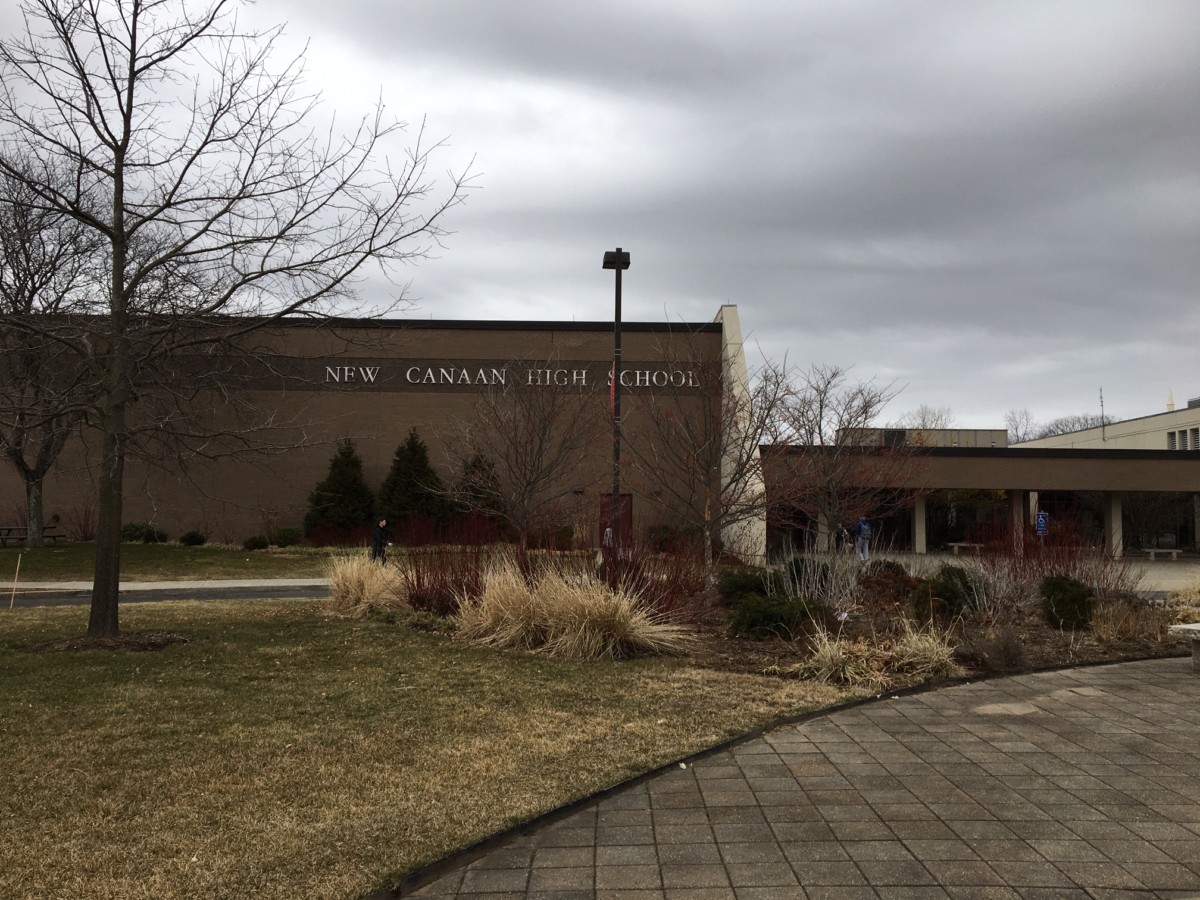Alexandra Harte, Editor-in-Chief
@aharte_courant
Skye Curren, Editor-in-Chief
@esccourant
As COVID-19 (coronavirus) hits 100,000 cases across the world, countries have been preparing health care systems for an inevitable outbreak. One unexpected outcome of the outbreak is the closing of schools, and the New York Times estimates that 300,000 students are currently out of school because of concern over the virus, and the number will only increase over the next few weeks. Recently, the virus has become increasingly local, with school closings as close as Westchester county, and it feels increasingly inevitable that the schools will have to close.
New Canaan Public Schools Superintendent Dr. Bryan Luizzi says that while school closing is being considered, the schools have already been acting preemptively to stop the spread of the virus. “We’ve checked and reinforced our cleaning routines across the building and have made sure that supplies were provided for our teachers and their classrooms. We have made sure that we have talked to the bus company to make sure that they’re wiping down the seats between the runs,” he said. “I’ve been communicating with the health department and have had regular meetings with Dr. Pierce who has worked with us for years and is a wonderful doctor in town. We are coordinating with the First Selectman’s office, with other schools in the district, and with the private schools across the region.”
The district recently cancelled all out-of-state field trips in an effort to prevent spread.
The administration has also been working to prepare a plan for a possible school closing. “We’ve developed a protocol and and process for teachers to be able to continue education remotely for kids,” he said. “We want to be prepared because when we see what’s happening in other countries that are already closing schools. We’ve been taking steps for a while to develop their curriculum and resources, make sure they’re available to use.”
However, the school’s reaction might not necessarily include closing the district. “We’re considering alternatives like split sessions instead of closing, with half the students coming in the morning and half come in the afternoon in order to increase the social distancing,” he said. “I keep everything on the table because we’re certainly never going to rush to a decision not to rush to closure. But we also don’t want to delay if it’s the right thing to do.”
In the event of an extended school shut down, multiple forms of online teaching is likely to be utilized. “I was always very involved with technology and that’s something I’ve mastered. So if you’re really good at Google meet, then you can use that. If you’re really good at something else, then continue to use your technology experience like with Google classroom or Schoology.”
The school would plan on maintaining a similar schedule to the one we already have, tentatively from 8:30 AM-3:00 PM. “While it might be okay without a schedule for a couple of days, after a little while we’re all going to go stir-crazy if we don’t have some expectations in routine,” he said. “I worry more about the students K-12 and the social connection they’ll miss. We’ll do everything we can to keep people connected to their classes in the school.”




